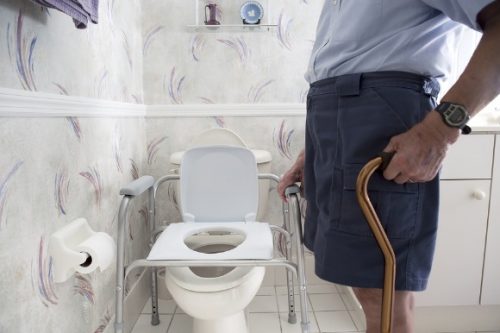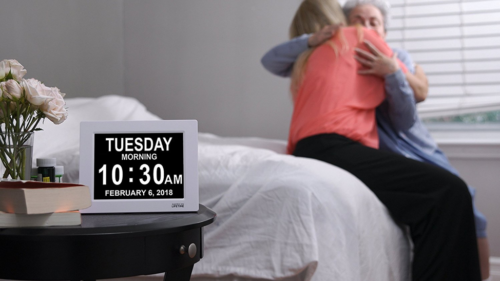Is Housing a Healthcare Issue?

Every house where love abides and friendship is a guest, is surely home, and home sweet home for there the heart can rest.
~Henry Van Dyke
Aging in Place
Ronny Wiskin brings up a very thought provoking question in his comments below (source LinkedIn):
If home modifications were prescribed by a physician, would patients take the medication? If the costs were covered by insurance or government, I think most would. By definition consumers are reactive.
Let’s unpack this:
Point #1
If home modifications were prescribed by a physician, would patients take the medication?
I have always thought that housing is a “health protectant” and should be considered a part of any wellness promotion plan. Having said that, Ronny’s question is an important one. I think housing goes hand-in-hand with ‘health’ and home modifications should be prescriptive. Many patients would follow up on aging-in-place building changes if someone in authority sanctioned them (especially the older generation).
Occupational Therapists could work side-by-side with Doctors doing evaluations and follow ups. The impact on health would be preventative and potentially cost saving in the long run.
Point #2
If the costs were covered by insurance or government, I think most would.
Getting home modifications paid for is always a barrier to adoption. There are some existing options, but expanding those options to insurance and government sources would increase the likelihood that people would follow through.
This topic has even worked its way into the political arena–as it should. Aging in place has been recently called a ‘civil right’ by one presidential candidate. So it is on the radar of at least some leaders in our country.
Point #3
By definition consumers are reactive.
Gerontophobia is the fear of aging and the cause of much procrastination making aging-in-place home modifications. However, there are other factors as well ranging from affordable housing, lack of information, fragmented aging-in-place resource industry,the planning fallacy, and others. Aging in place is a “crisis buy” and most people put it off until the situation becomes an acute event and they are forced to make home modifications.
My colleague Ronny Wiskin has said so much in so few words–which proves to me how much he understands the visceral issues surrounding what has now become a national priority in not just America, but in other countries such as Canada and Europe.
The good news is there are professionals like him, and so many others, working to solve these challenges and make the experience of aging richer and more humane.
See
Ronny Wiskin Youtube
Products Patrick Likes
Extra Large Impaired Vision Digital Clock with Battery Backup & 5 Alarm Options
5.0 out of 5 stars
Excellent product!I bought this clock for my dad who doesn’t see too well. It exceeded my expectations — he loves it!
~ Deborah Raita

